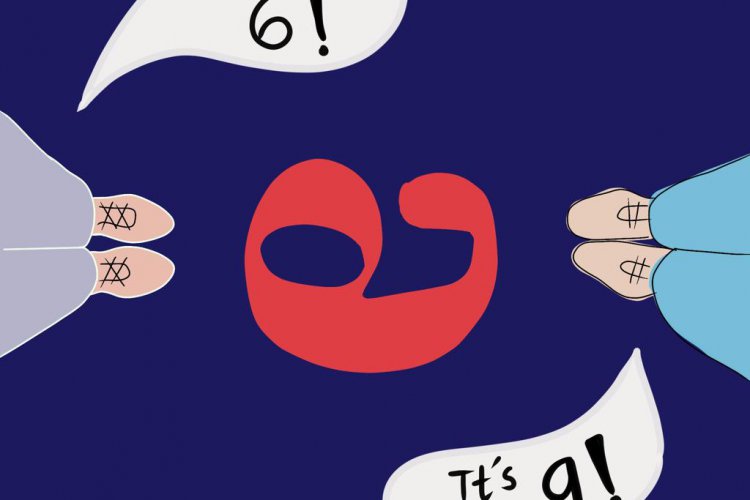Start with a bias or idea about your customer and systematically test it out.
I’ve read tons of books on innovation that talked about ““how bias can ruin your innovation”.
The reality is “bias” does not ruin your innovation, instead poor decision making systems do. Humans are wired to form predictions and make assumptions. You can’t outrun your biology.
The best bet is to adopt a system that leverages your bias and carefully validate and remove it.
Last week, I had the chance to put this into practice. I joined an innovation workshop led by coaches from Amazon Web Services (AWS). The goal was simple: how do you systematically generate, review, and execute new innovation ideas while limiting the risk of failure?
#It’s all about the pain
Understand your customer’s pain and everything else falls into place. Pain is much more an art than science. Yes, you could ask your customers “what are some of your pain points” but in reality, they won’t know it. The real pain is visceral and subconscious.

#Start with the facts
Diagnosing customer pain starts from you. Pick one person you want to serve. The best individuals are early adopters – those aware of a problem and actively finding a solution for it.

Then, dive deep into their lives and know that everything’s possible. What time do they wake up? Do they watch Netflix? What kind of movies do they watch? What time do they watch movies? Build a list of facts about your single customer and be precise. If you can’t find actual facts, use your imagination and bias to predict facts.
Life Goals literally
Facts are a reflection of someone’s psyche. From the list of facts you’ve built, think about possible goals your customer wants to achieve. If someone “works out every day” then a possible goal could be “to stay healthy”. Sounds easy? Yes, if you’re planning to be an amateur.

Real professionals go deeper. If you think someone wants to be healthy, ask yourself why? Is it because they are currently ill? Or they want to have the energy to play with their kids?
Keep asking yourself this until you find a very deep sense of the “why” behind what they do. Usually, it’s something emotional.
Like it or not, humans are emotional beings who think we are rational.
#Nail that pain.
Everyone can have a goal, but not everyone achieves their goal.
For each goal you’ve listed, ask yourself what is likely stopping them from achieving this – this is what we call the pain. The ability to help your customers relies on this.

Be a professional and go deep. Predict the real pain from your imagination and bias.
If someone wants to be healthy but isn’t doing it, keep asking why. Is it because they don’t know what to do? Or the gym is too far? Go deep till you reach a space in which you feel the pain is strong or intense.
#The magic gap
Then from the list of pains, predict possible behaviours they’ll take to address this pain.
The magic happens when individuals have a pain point and do something to address the pain. If someone truly feels something is a pain for them, they’ll take some form of behaviour to mitigate it.

If someone says something is a pain but does nothing about it, then chances are it’s a “filler” and not important to them.
Pay attention to the effectiveness of this behaviour at solving the pain. The gap between behaviour and pain is where the magical opportunity lies.
#Reality Check
Up till now, all you’ve had is a list of predictions about your customer. How accurate are your predictions at this stage? – ZERO. The only way to get close to reality is not through your imagination but through experimentation.
You increase the probability of being right through experimentation. Interview customers that fit your profile and validate your predictions. As you talk to customers and you’ll be able to sort your predictions between “true” and “false”.

If you predict that someone cares about sugar contents in food but your interview with customers proves the opposite, then update your customer persona. You’ve validated it and it didn’t work.
Generate new hypotheses and test it again. Repeat the process till either you run out of time or money. The key is to generate and validate predictions close to reality.
#All together
Start with a bias or idea about your customer and systematically test it out.
That way, you’ll be productive and improve your likelihood of success.
Step up your game by learning how to run smart experiments and understand growth marketing.
















